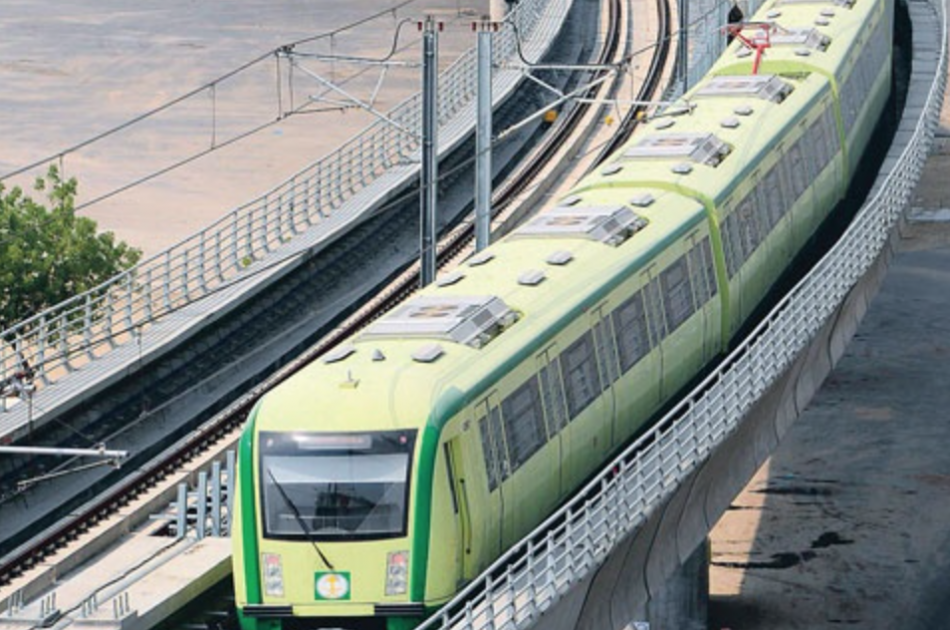
Haj Metro a boon for pilgrim transport
The Mashaer Railway at the holy sites (Haj Metro) is a quantum leap in the history of transporting Haj pilgrims and one of the largest projects achieved by the government over the past years.
The metro has reduced the travel time from hours to minutes and plays an important role in the movement of Haj pilgrims between the holy sites in general and from their camps to Al-Jamarat bridge in particular.
Haj pilgrims used to suffer because of the nature of the place and their huge number. Thousands of vehicles were required previously, some drivers violated traffic laws, not to mention breakdowns of vehicles which worsened congestion, forcing pilgrims to stay inside their vehicles for as long as six to seven hours. The Haj Metro has solved all these problems.
The 18.2-km railway project was launched during the Haj season in 2010, with each site having thee stations equipped with escalators and seven paths to offer services to pilgrims, in addition to a number of gates for groupings. These gates have sensors to recognize ticket holders. The stations have a waiting area that is equipped with safety means and air conditioning and can take more than 3,000 pilgrims.
Hao Koi Lin, the director general of the Chinese company that completed the metro, said the project integrated various specifications in the world, including the US specification in skeletal engineering, the local Saudi specification in road and residential buildings and the European specification in the operating system.
The Ministry of Municipal and Rural Affairs received the Fidic award for implementing the train project; the project was chosen from the best 24 projects in the world during the past 100 years for its distinction and contribution to improving life’s circumstances. The southern line of the Holy Sites Train project also won the Franz Edelman Award for the best applied and operational research.
The Haj Metro connects nine major stations — three in Arafat, three in Mina and three in Muzdalifa, with the final station at the fourth floor of the Al-Jamarat bridge.
The project has 17 trains, with each train having 12 carriages and 60 doors on each side for boarding. Each carriage takes 250 Haj pilgrims, of which 50 are seated and 200 standing in addition to two front and rear cabins for operations.
The Mashaer train is among the longest in the world with each cabin standing at 25 meters and transporting 72,000 passengers per hour, at a speed of 80 and 120 km per hour.
The train is operated by remote control and transports more than 3,500 pilgrims in a single trip. Its path is elevated from the floor between nine and 45 meters in Al-Jamarat.
Around 27 Saudis were trained to drive the train for six months.
The crowd management project has been implemented by CIDIC Company, which has a contract from the Malaysian company Brazarana, under the supervision of Makkah Development Authority.
























